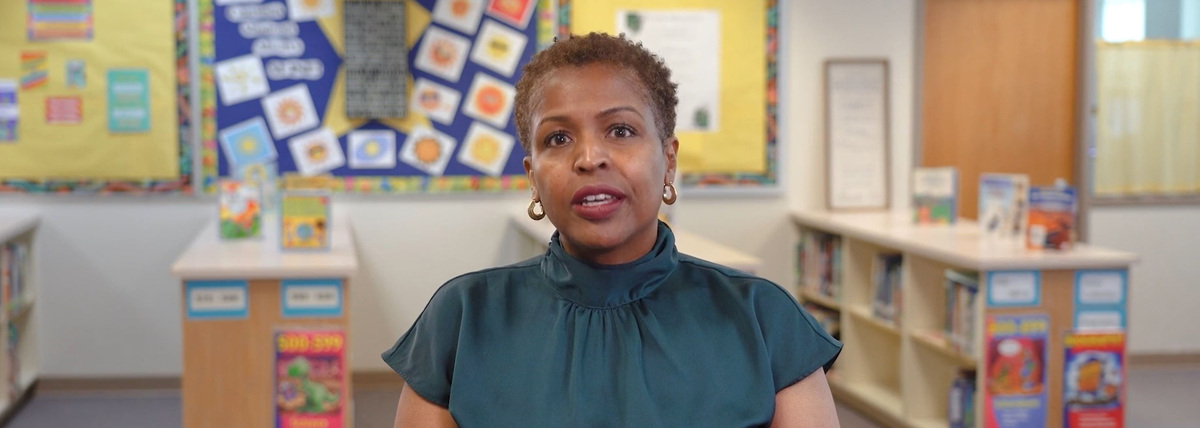Dear Families and Community,
Like so many of you, I am shocked. I am saddened. I am angry. These are feelings that surface once again as we hear about the latest incident where a black man has been the victim of violent and deadly excessive force at the hands of those entrusted to protect all of us.
When I look at the face of Tyre Nichols, I see the face of those I love including the children in our school district.
As a mother, this was difficult to watch. As an educator and leader, I am trying to find the right thing to say; as a human being, I do not understand why this keeps happening.
If I have these feelings as an adult and leader of our district, I can only imagine how seeing what occurred is impacting the developing minds of our children.
I want our families to know that we are here to support our scholars who may be struggling to understand these occurrences. We want our children to know that their feelings, fears, and frustrations are valid responses to this tragedy.
These incidents underscore the importance of our work in educating our children to have the tools they need to succeed and the courage to impact positive change in our community. It’s why the Grand Rapids Public Schools has a commitment to our scholars that extends beyond reading, writing, and arithmetic but caters to their wholistic needs and empowers their agency to stand up for themselves and one another.
This is the only way meaningful and lasting change occurs. When I interact with our scholars, I see the change agents of our future. This tragedy adds to our resolve to give them every tool they need to succeed.
I encourage our families to have open dialogue with your children about this news. We have compiled a list of resources that may help guide your conversations on this emotional and challenging topic.
On behalf of the Board of Education, please know that we are here for our scholars and families. Don’t hesitate to reach out to your child’s teacher or principal if we can be of additional support.
Leadriane Roby, Ph.D.
Superintendent of Schools
In the book, Trauma and Recovery, Judith Herman describes traumatic events as events that "overwhelm the ordinary systems of care that give people a sense of control, connection, and meaning… [These events] confront human beings with the extremities of helplessness and terror" (Herman, 1997, p.34). According to the National Child Traumatic Stress Network, traumatic stress occurs when a child experiences an intense event that threatens or causes harm to his or her emotional and physical well-being. One of these stressors can be community violence. (Source: NCTSM.org)
Explaining the News to Our Kids – from Common Sense Media
- This post provides age-based tips on talking to kids about the news and how to listen to scholars. The information can be easily applied to the school setting, though written for parents.
Helping Children with Tragic Events in the News – from PBS.org.
- In times of community or worldwide crisis, it's easy to assume that young children do not know what is going on. However, one thing is for sure -- children are very sensitive to how the adults in their lives feel. They are keenly aware of the expressions on their caregivers’ faces and the tone of their voices. Children can sense when their caregivers are really worried, whether they are watching the news or talking about it with others. No matter what children know about a "crisis," it's especially scary for children to realize that adults are scared.
How Can Parents [And Educators] Help Their Children: Community Violence Can Lead to Childhood Trauma
- Whether community violence is a one-time incident or a frequent occurrence in your community, following each incident of community violence, it is important for [caregivers and educators] to spend time talking with children, find ways to help them feel safe, maintain rules and routines and address any acting out behaviors.






